DIY Stovetop Cleaner | The Secret Ingredients to a Spotless Stove

If you're anything like me, you know that keeping a stovetop clean can sometimes feel like an uphill battle. Grease, burnt-on food, and stubborn stains seem to have a mind of their own.
But don't worry—I've got a fantastic DIY stovetop cleaner that will make your dirty stove sparkle! Introducing the dynamic duo: hydrogen peroxide and baking soda.
Let me walk you through this step-by-step guide to achieving a gleaming stovetop effortlessly.
Tools and Materials:
- Hydrogen peroxide (3% solution)
- Baking soda
- Dish soap (optional, for extra grease-cutting power)
- A small bowl
- A sponge or non-abrasive scrub pad
- An old toothbrush (for tight spaces and stubborn spots)
- Microfiber cloths or paper towels
- Gloves (optional, for sensitive skin)
Hometalk may receive a small affiliate commission from purchases made via Amazon links in this article but at no cost to you.
1. Remove and Soak Burners
If your stovetop has removable burners, gently take them off and place them in a sink or a large container filled with hot, soapy water.
For an extra boost, I love to add a dishwashing tablet to the hot water—it melts away grease and grime effortlessly.
Let the burners soak for about an hour while you prepare the stove cleaning solution.
2. Prepare the Cleaning Paste
In a small bowl, mix half a cup of baking soda with a few tablespoons of hydrogen peroxide.
Stir until you get a thick, spreadable paste.
You can add a few drops of dish soap to the mixture, for extra grease-cutting power.
3. Apply the Paste
Using a sponge or cloth, apply the paste generously to the stove burners and the stovetop.
Make sure to cover all areas with buildup, especially around the burners where grease tends to accumulate.
4. Scrub the Surface
Let the paste sit for about 10-15 minutes to allow the reaction to break down the grime. Then, using a non-abrasive scrub pad or sponge, scrub the stovetop.
For tight spots and stubborn stains, use an old toothbrush to get into crevices and hard-to-reach areas.
5. Wipe Away the Paste
After scrubbing, use a damp microfiber cloth or paper towels to wipe away the paste. Rinse the cloth and repeat until all the residue is gone.
6. Replace Burners
If you’ve soaked the burners, rinse them thoroughly under running water to remove any remaining paste. Dry them completely before reassembling them on the stovetop.
Looking for more Hydrogen Peroxide Hacks
DIY Stovetop Cleaner Using Hydrogen Peroxide & Baking Soda
Wow, what a transformation, right? Your stovetop is now as clean as a whistle, and you did it all with everyday items you probably already have.
I hope this little guide has inspired you to tackle those tough cleaning jobs with confidence.
Now go ahead and enjoy cooking on your spotless stove, and don’t forget to leave your cleaning adventures and tips below.
Enjoyed the project?
Comments
Join the conversation
-
-
 Em
on May 30, 2025
Em
on May 30, 2025
Use Bio Cleaner paste for glass tops. A TINY bit on a dish cloth will remove anything without scratching. The commercials show the guy using a pad and getting a lot on the sponge. Totally unnecessary and a waste. A very small amount does the trick on each stain. Rinse with a wet cloth then the KEY IS TO DRY BEFORE IT DRIES itself. It will be smudge free and look new. I have had the same container for over a year. FAR exceeds the Ceramic cleaners in a bottle.
Like Flagged comment
-
-
-
 Msk125678914
on May 26, 2025
Msk125678914
on May 26, 2025
I have a suggestion: instead of soaking the burner grates, in commercial kitchens, we cleaned these on the fire. Just burn off the crud. No soaking, scrubbing, etc.! Just burn off the crud. Cool and brush them off with a stiff brush. A little steel brush works great. But, not necessary, as the ash will brush off easily!
-
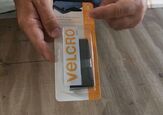
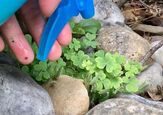
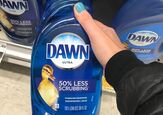
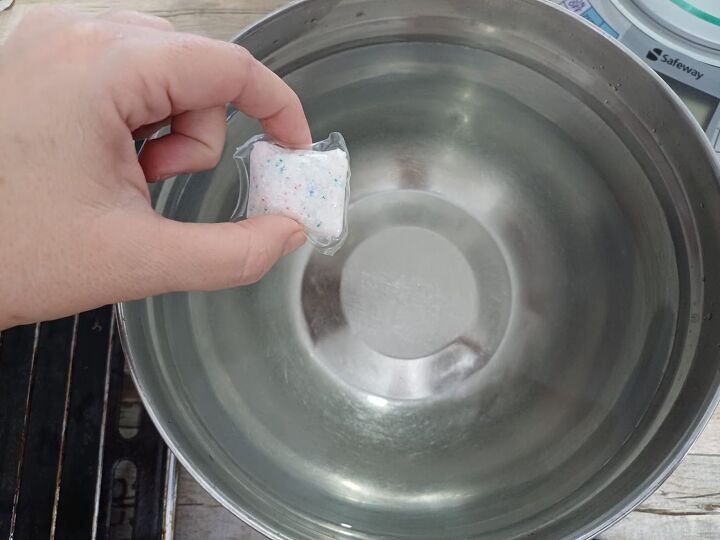















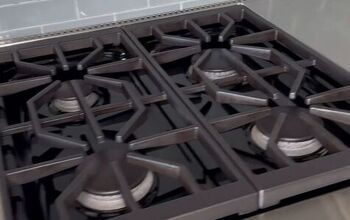
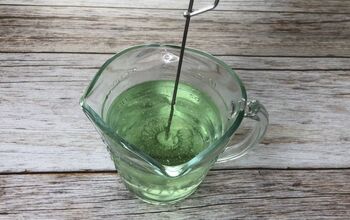
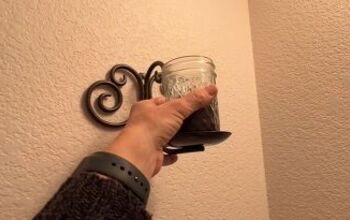
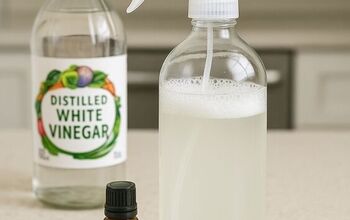
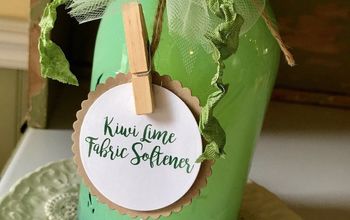
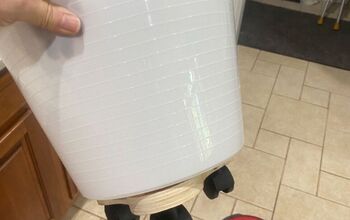
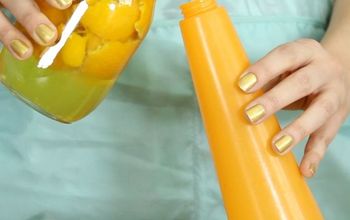
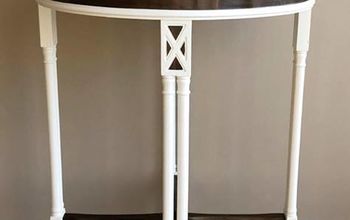


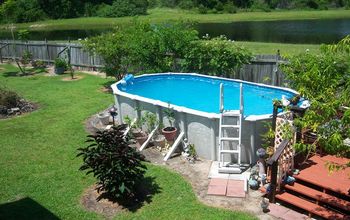
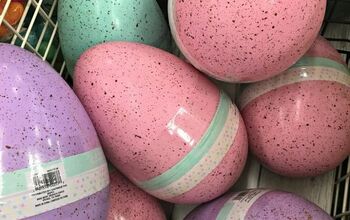
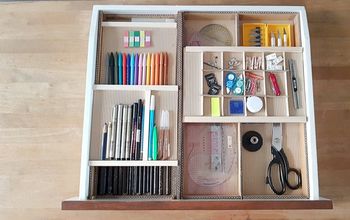
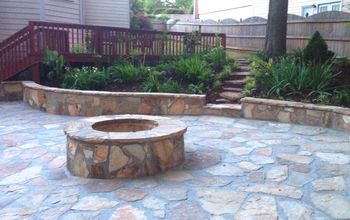




Frequently asked questions
Have a question about this project?
Can this be used in self-cleaning ovens?
Does it work on glass stove tops
What about the grates